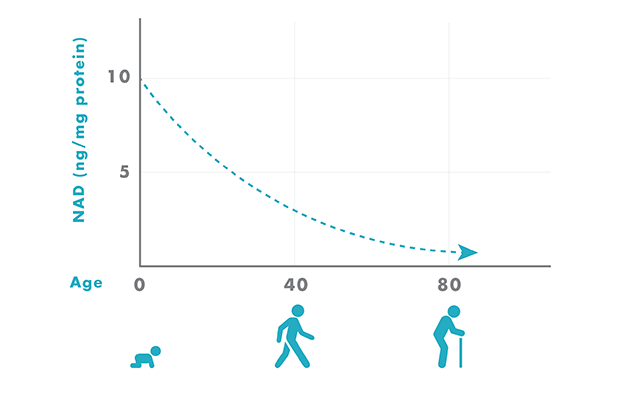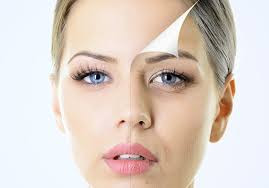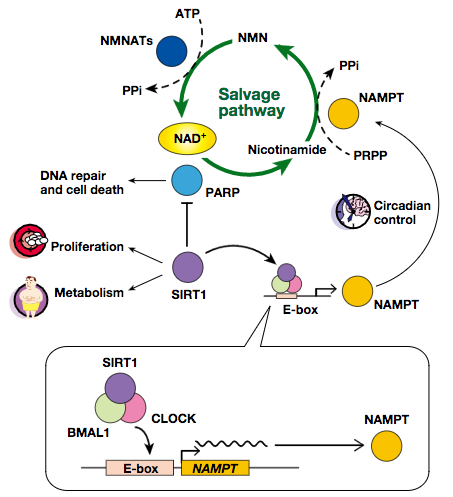What is NMN?
NMN, or nicotinamide mononucleotide, is a molecule that is naturally found in the body and has gained attention in recent years due to its potential health benefits. NMN is a precursor to NAD+, a coenzyme that plays a crucial role in many biological processes, including metabolism and DNA repair.

As we age, the levels of NAD+ in our bodies decline, which can lead to a range of health problems, including decreased energy, impaired cognitive function, and an increased risk of chronic diseases such as cancer and diabetes. By supplementing with NMN, it is thought that we may be able to boost our NAD+ levels and potentially prevent or even reverse some of these age-related issues.

NMN has been shown to have a range of potential health benefits in animal studies. For example, a study published in the journal Cell Metabolism in 2019 found that supplementing mice with NMN improved their metabolism, reduced inflammation, and increased their insulin sensitivity. Another study published in the journal Science in 2016 found that NMN supplementation improved the cardiovascular health of aged mice, increasing their arterial elasticity and reducing blood pressure.
While these animal studies are promising, it is important to note that the effects of NMN in humans are not yet fully understood. There have been some small-scale human trials of NMN, but larger and more rigorous studies are needed to determine its safety and effectiveness.
Despite the lack of concrete evidence, NMN has become a popular supplement in recent years, with many people taking it in the hopes of improving their overall health and longevity. It is typically sold in capsule or powder form, and is often marketed as an anti-aging supplement.
One potential benefit of NMN is its ability to boost cellular energy production. NAD+ plays a crucial role in cellular metabolism, and by increasing NAD+ levels, NMN may be able to improve the energy production of cells throughout the body. This could potentially lead to increased physical and mental energy, as well as improved athletic performance.
Another potential benefit of NMN is its ability to support healthy aging. As we age, our cells become damaged and our bodies become less efficient at repairing that damage. 
This can lead to a range of age-related health problems, including cognitive decline and an increased risk of chronic diseases. By boosting NAD+ levels, NMN may be able to support the body's natural repair processes and potentially prevent or slow down some of these age-related changes.
NMN may also have potential benefits for specific health conditions. For example, a study published in the journal Nature Communications in 2018 found that NMN supplementation improved glucose metabolism in diabetic mice, suggesting that it may be helpful for people with type 2 diabetes. Another study published in the journal Nature in 2019 found that NMN supplementation improved the cognitive function of older adults with mild cognitive impairment.
In addition to NMN, there are other ways to naturally boost NAD+ levels in the body. One way is through caloric restriction or intermittent fasting, which has been shown to increase NAD+ levels in animal studies. Exercise may also increase NAD+ levels, and certain foods, such as milk and fish, contain high levels of precursors to NAD+.
Overall, NMN is an interesting molecule with potential health benefits, but further research is needed to fully understand its effects in humans. It may be a useful supplement for those looking to improve their cellular energy production.
How does NAD + help in DNA repair?
NAD+ plays a crucial role in controlling DNA damage by serving as a substrate for enzymes that are involved in DNA repair. Specifically, NAD+ is required for the function of two important enzymes involved in DNA repair pathways: poly(ADP-ribose) polymerases (PARPs) and sirtuins.
PARPs are activated by DNA strand breaks and catalyze the transfer of ADP-ribose units from NAD+ to target proteins, including histones and PARP itself. This process, known as PARylation, recruits DNA repair proteins to the site of damage and facilitates the repair process.

Sirtuins, on the other hand, are involved in a process called nucleotide excision repair, which is responsible for repairing DNA damage caused by UV radiation. Sirtuins use NAD+ to remove acetyl groups from histones, which in turn allows for the proper functioning of DNA repair proteins.
Overall, NAD+ is critical for maintaining genome integrity by facilitating the repair of DNA damage, and its levels have been shown to decline with age, potentially contributing to age-related DNA damage accumulation and associated diseases.
How does the body make NAD +?
NAD+ is produced naturally by the body from smaller components or precursors, which are the raw materials for NAD+. The five major precursors that occur in the body are tryptophan, nicotinamide (Nam), nicotinic acid (NA or niacin), nicotinamide riboside (NR), and nicotinamide mononucleotide (NMN). These precursors can all come from food, with Nam, NA, and NR being forms of vitamin B3, an essential nutrient. Once inside the body, NAD+ can be synthesized through several pathways. The "de novo route," which starts with tryptophan, is the earliest of the NAD+ precursors, and the "salvation pathway" creates NAD+ from the products of NAD+ degradation.
NMN is one of the final steps in NAD+ synthesis and is made from B vitamins in the body. Nicotinamide phosphoribosyl transferase (NAMPT) is the enzyme responsible for producing NMN in the body. NAMPT binds nicotinamide, a vitamin B3, to a sugar phosphate called PRPP (5'-phosphoribosyl-1-pyrophosphate). NMN can also be made from nicotinamide riboside (NR) by adding a phosphate group. NAMPT is the rate-limiting enzyme in the production of NAD+.
Fasting or reducing daily calorie intake has been shown to increase NAD+ levels and sirtuin activity, which can slow down the aging process in mice. Although some foods contain NAD+, the concentrations are too low to significantly affect intracellular concentrations. Taking certain supplements, such as NMN, has been shown to increase NAD+ levels.
How are NMN supplements absorbed?
NMN can be absorbed by cells through a specific transporter embedded in the cell membrane. Unlike NAD+, which cannot easily penetrate the cell membrane, NMN's smaller size allows for efficient uptake. The cell membrane creates a barrier, preventing large molecules and polar ions from entering without the use of transporters. It was previously believed that NMN needed to undergo a transformation before it could enter cells, but recent evidence suggests that NMN can directly enter cells through an NMN-specific transporter on the cell surface. Injections of NMN have been found to increase NAD+ levels in various parts of the body, such as the pancreas, adipose tissue, heart, skeletal muscles, kidneys, eyes, testicles, and blood vessels. Oral administration of NMN in mice has been shown to increase liver NAD+ within 15 minutes.
